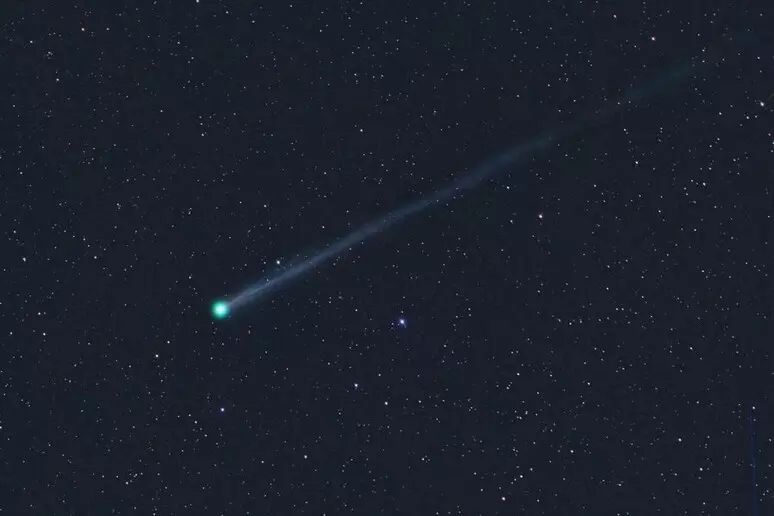Astronomers with the Asteroid Terrestrial-impact Last Alert System (ATLAS) project—a Hawaii-based sky surveillance program that monitors near-Earth objects and potentially hazardous objects—have detected a new mystery object from outside the Solar System, dubbed 3I/ATLAS. Initially identified as A11pl3Z, it was first observed in late June by astronomer Sam Deen and confirmed by the International Astronomical Union as an interstellar object on July 1, 2025.
It is the third interstellar object ever detected, following Oumuamua in 2017 and Comet Borisov in 2019. According to experts, the celestial body-which appears to be significantly larger than its predecessors-follows a hyperbolic trajectory that confirms its origin outside the Solar System. However, its precise nature remains uncertain: it could be an active comet or even a large asteroid.
Renowned Harvard physicist Avi Loeb has speculated that, as in the case of Oumuamua, this object may also have an artificial origin, a hypothesis that has rekindled debate among scholars of extraterrestrial intelligence.
Currently, 3I/ATLAS is near the orbit of Jupiter and moving at about 60 kilometers per second. NASA has stated that the body will reach its closest point to the Sun around Oct. 30, 2025, arriving about 130 million miles from our star, just inside the orbit of Mars. Soon after, the object is expected to leave the Solar System again, returning to interstellar space.
Despite its extremely high speed and estimated size of around 20 kilometers, 3I/ATLAS poses no threat to Earth. Astronomers predict it will be observable with amateur telescopes in late 2025 to early 2026, offering a unique opportunity for study.
Dr. Mark Norris, professor of astronomy at the University of Central Lancashire, commented: “If confirmed, it will be the third known interstellar object we have discovered in our solar system, providing further evidence that such interstellar wanderers are relatively common in our galaxy.”












